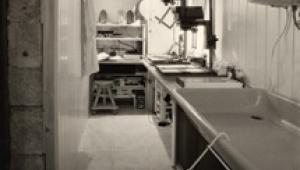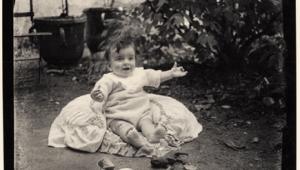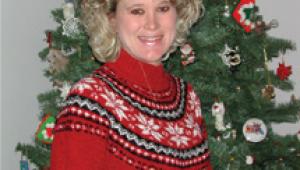The Darkroom
Enlarger Lenses
Enlarger lenses are generally
grouped into three price categories: hobby (inexpensive), regular "professional"
(moderately priced), and Apochromatic (APO) professional (very expensive).
APO lenses are designed mostly for use in precise color separation work,
where all three primary colors must be focused at precisely the same
plane simultaneously. They are also used for printing large magnification
images where there is a need to work the lens at wider open apertures.
Non-APO lenses tend to produce a slight scattering of light at the edges
of the image when their aperture is wide open, requiring that they be
stopped down by at least one f/stop to produce acceptable images. While
APO lenses also scatter the light at the edges of the image when wide
open, the effect is usually mild enough to allow for the production
of acceptable prints. |

















































